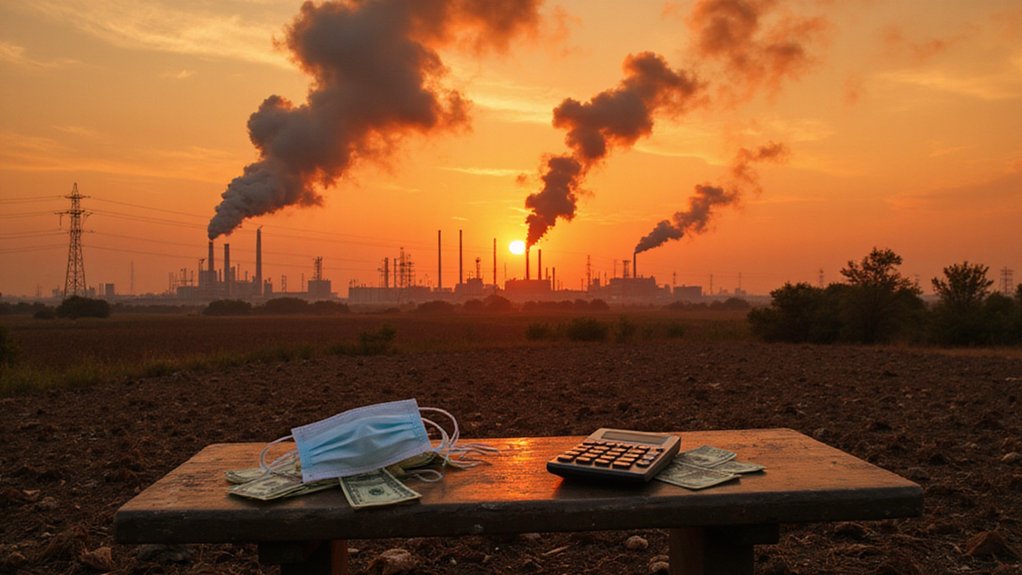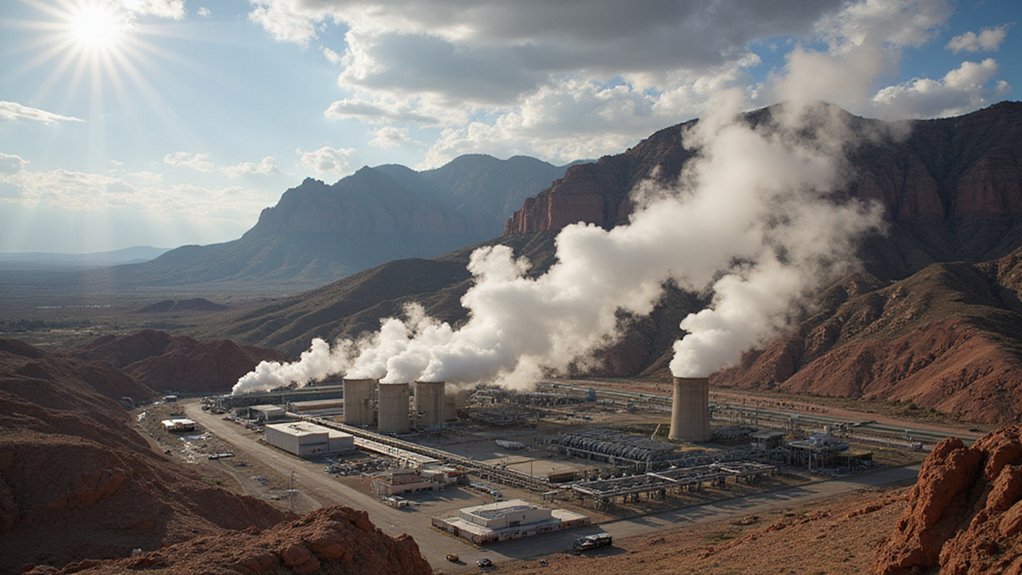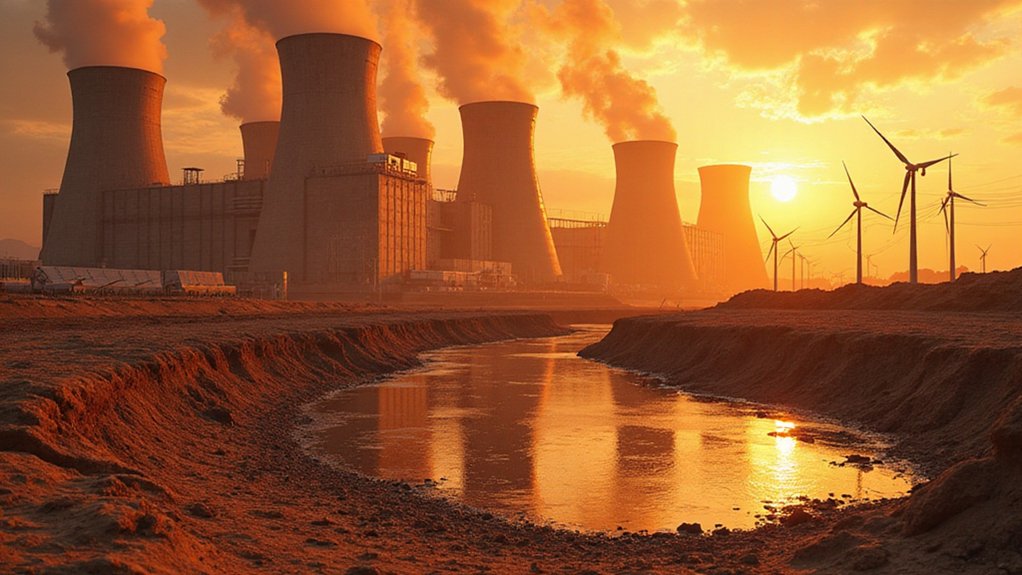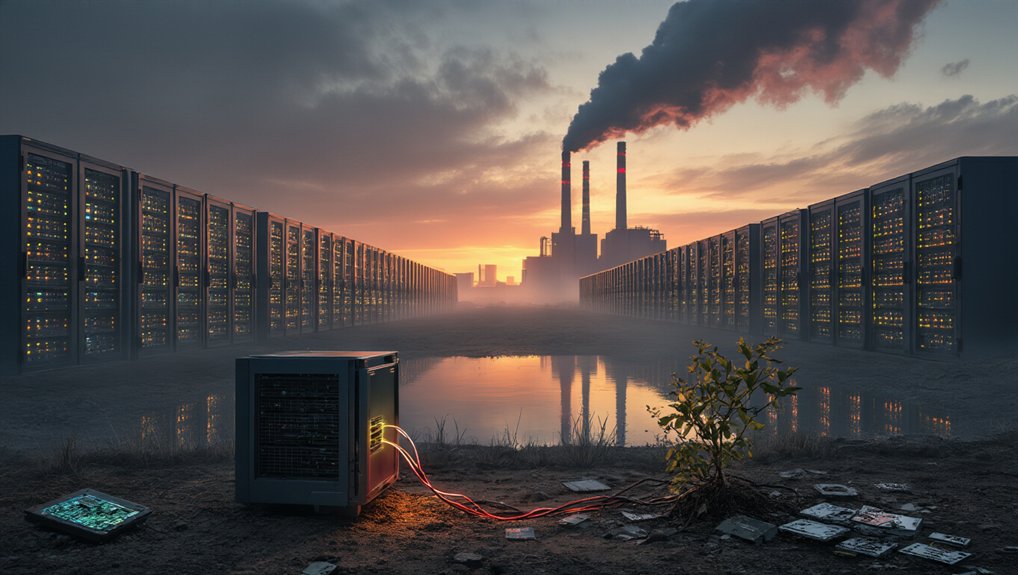The invisible killer lurks in the air we breathe, affecting lives and economies worldwide. Air pollution claims approximately 7 million lives annually, making it one of the deadliest environmental threats humans face today. Despite former President Trump’s claims that pollution costs nothing, the economic reality tells a vastly different story.
Air pollution: the silent killer taking 7 million lives yearly while its economic impact remains dangerously underestimated.
Poor air quality drains nearly 5% of global GDP from the world economy. These losses stem from multiple sources including rising healthcare expenses for pollution-related illnesses, decreased workforce productivity, and reduced agricultural yields. The economic burden of pollution can reach as high as 14% of GDP in severely affected countries. Recent calculations show health impacts from air pollution cost a staggering $8.1 trillion in 2019, equivalent to 6.1% of global GDP.
Tourism suffers as well when smog and haze diminish destination appeal.
The health consequences extend beyond mortality statistics. Fine particulate matter generated by air pollution leads to stroke, heart disease, and lung cancer. Children exposed to polluted air face increased risk of respiratory illnesses and developmental issues, while the elderly show higher susceptibility to cardiovascular diseases.
Environmental justice concerns highlight the uneven burden of pollution. Low-income communities often endure elevated exposure due to inadequate environmental protections. About 2.1 billion people worldwide are exposed to dangerous levels of household air pollution, exacerbating existing health disparities among vulnerable groups.
Major pollution sources include household energy use, industrial emissions, transportation systems, and agricultural practices. The United Nations General Assembly has recognized clean air as a human right for all people. Natural sources like desert dust storms and wildfires contribute as well, though human activities remain the primary drivers.
The global response is gaining momentum. Nearly 50 million people have signed a call for clean air action by 2025. The health community is urging governments to take immediate and ambitious steps to reduce emissions and enforce stricter air quality standards.
As pollution-related illnesses strain public resources, funds are diverted from other critical areas to address these preventable health issues. The food supply chain disruptions from air pollution further impact livelihoods by escalating food prices.
The trillion-dollar burden of pollution is real and measurable, despite claims to the contrary. Its effects touch every aspect of society from healthcare to agriculture, proving that clean air is not just an environmental issue but an economic imperative.
References
- https://www.who.int/news/item/17-03-2025-nearly-50-million-people-sign-up-call-for-clean-air-action-for-better-health
- https://www.worldbank.org/en/topic/pollution
- https://www.cleanairfund.org/news-item/roundup-march-2025/
- https://earth.org/the-biggest-environmental-problems-of-our-lifetime/
- https://www.clarity.io/blog/is-air-pollution-an-environmental-social-or-economic-issue









